Andrew Graeme Nicol, always known as Graeme, justly earned the description of a “man of pairts” in his native north-east.
He achieved success in three distinct arenas: mountaineering, medicine and the military.
Graeme mastered the Scottish mountains, served in the SAS, and was part of the British-Soviet expedition that conquered the 24,590 feet Peak Communism in Central Asia in 1962.
That expedition was led by Lord John Hunt who had been part of Edmund Hilary’s successful ascent of Mount Everest. It was a perilous expedition and claimed the lives of two notable climbers, Wilfred Noyce and Robin Smith.
For a man who would go on to travel to the furthest reaches of the Soviet Union, throughout the Middle East, Far East and Africa, he had modest beginnings.
Born in Aberdeen on 28 January 1935, he was the eldest son of Andrew Nicol, a commerce teacher who had served in the trenches throughout the Great War and then at Murmansk, and his fiercely intelligent, wife Rosella.
They lived at 50 Whitehall Road, Aberdeen, in a two-bedroomed ground-floor flat with two spinster aunts and a bachelor uncle living upstairs.
Rosella was ambitious for her two sons, and under her tutelage both excelled academically at Aberdeen Grammar School, then Aberdeen University.
From his early years in the Cubs then Scouts, Graeme developed a love of hill-walking and the mountains which began to encompass rock climbing on the north-east cliffs, and in the Cairngorms.
With fellow pupils and using things like a washing-line as equipment, he established a mountaineering club, The Boor Boys, later renamed the Corrour Club. These former grammar school boys were to become respected members of the Scottish Mountaineering Club in later life.
Ahead of them at Aberdeen University was Tom Patey, one of Scotland’s greatest climbers and also a raconteur, musician and wit, who chronicled his and climbing companions’ escapades in verse, song and prose.
One of the first of the major routes Graeme accomplished was Scorpion on Carn Etchachan in December 1952 with Patey, Mike Taylor and Kenny Grassick. This climb still maintains its grade five rating. Its first ascensionists carried neither short axes nor wore crampons. Instead, they cut steps with single long axes and wore nails on their leather boots, guarding their progress with sparse protection and inadequate ropes.
The most famous ascent of this era was the ascent of Zero Gully with Patey and Hamish MacInnes on Ben Nevis on February 18 1957.
It was during this period that Graeme started and completed his medical studies yet he still found time to enjoy Alpine summer seasons, predominantly in Chamonix and the Dauphine Alps.
After completing his medical degree in 1958, he was one of the last of his generation to perform National Service. He started in Aldershot in 1959 and it was a prospect he relished.
Special Air Service
Following officer training with the Royal Army Medical Core (RAMC) he volunteered for service with airborne forces, completed parachute training and went to Parachute Field Ambulance then 2 Para. He was then asked to join the SAS who were eager to recruit him to augment their mountaineering resources.
After passing selection he became their medical officer. He completed his free-fall course at Chalons-sur-Saone and Pau with French special forces before serving in Oman and Libya.
For the rest of his life Graeme retained a great pride for his service in the airborne forces and strong friendships stemming from his time with them.
After he had left the army and was working in academic medicine in Aberdeen, he was asked to join the 1962 first British-Soviet expedition to the Pamirs in Central Asia.
The Soviets, having received petitions from both the Alpine Club and Scottish Mountaineering Club, suggested the British put together a joint team of 12 climbers.
Their leader was Lord John Hunt, renowned for the recent successful Everest expedition which had seen Edmund Hilary reach its summit. His deputy was Malcolm Slesser, a scientist from Glasgow.
This was the first expedition to be composed of British and Soviet climbers and the first time Western mountaineers had climbed in the Pamirs.
But there was tragedy too. Two of the team’s members, Wilfred Noyce and Robin Smith, were killed. Graeme was one of those who helped to bury their bodies on the mountainside.
When they finally reached the summit of Peak Communism, the first British ascent, Union Jacks and flags bearing the hammer and sickle were planted for the photographs but Graeme had also brought along four Saltires for the Scottish climbers.
Through the 1960s, Graeme focused on his medical and academic career, lecturing and gaining a PhD in 1968 in hypothermia.
At a party in the mid-1960s, he met Christine Walker, a nurse from Motherwell, in Aberdeen to study midwifery. They married in April 1966 at King’s College Chapel, Aberdeen, and started a family in 1967.
He was also a member of the territorial army in Aberdeen, the medical officer of 15 Para, 252 then 257 field ambulance. He later reached the rank of colonel and was awarded a territorial long-service decoration.
In 1977, feeling restless in his academic position in the pathology department at Aberdeen University, he joined British Petroleum as an occupational physician in Abu Dhabi.
In 1983 he was transferred to London, where he eventually became BP’s chief medical officer before he and Christine returned to Aberdeen in 1994 and a job with Offshore Medical Services.
But the lure of the Middle East was strong: his final professional position was as a lecturer in occupational medicine at the University of Al Ain, UAE.
In retirement in Aberdeen, he enjoyed less arduous walks than in his youth with a group known as the Galloping Geriatrics.
His later years were blighted by the of Alzheimer’s but he had the great good fortune to be looked after and supported by his wife Christine, the abiding love of his life.
They had two sons, both of whom saw military service, and a daughter. Andrew is a barrister, Stuart works in venture capital and Patricia is a newspaper journalist and critic. All are mountain lovers.
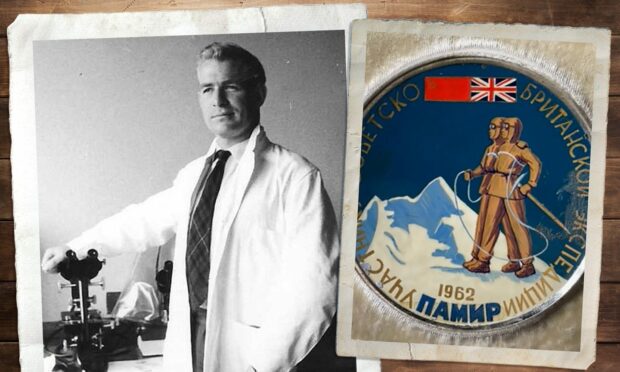
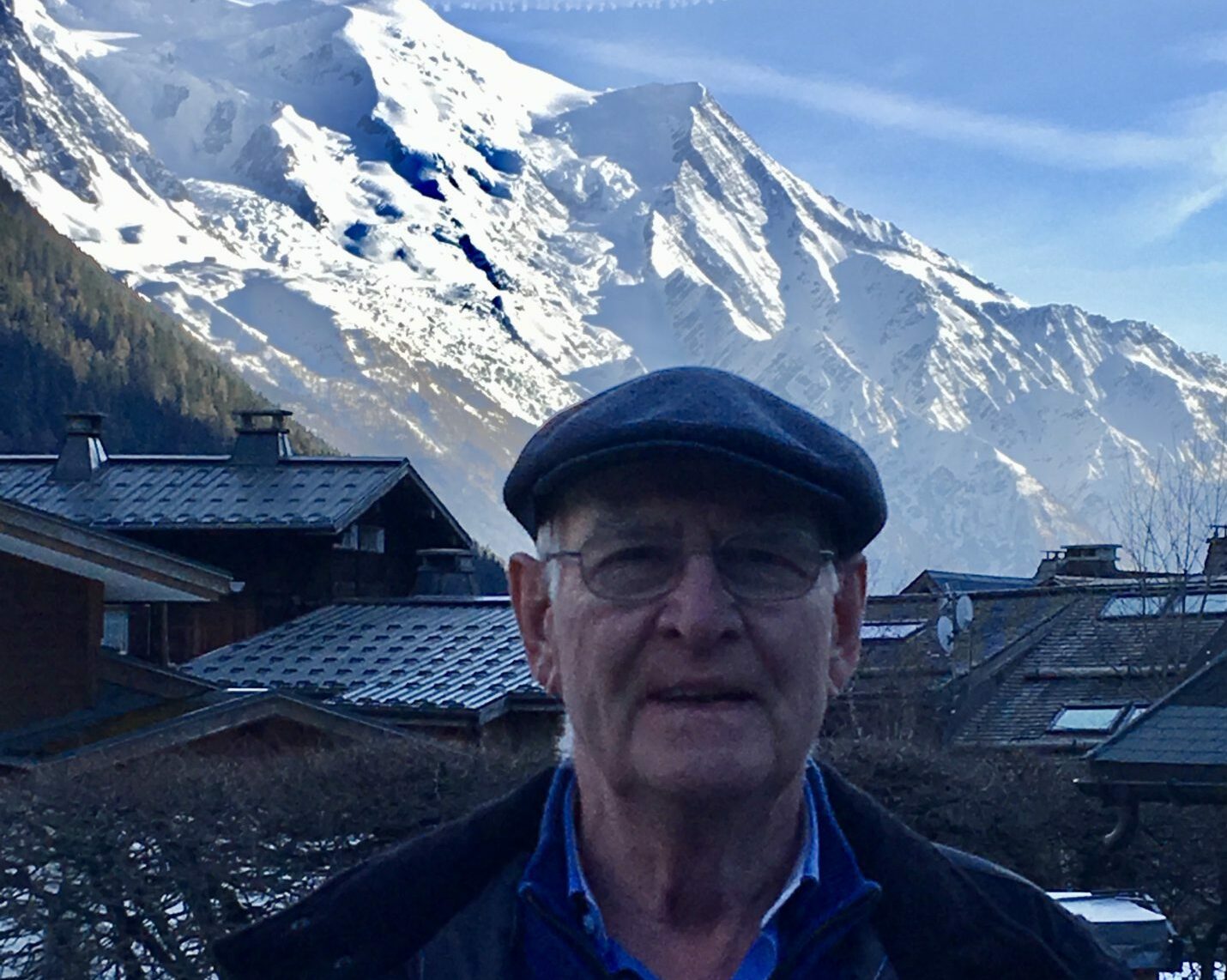
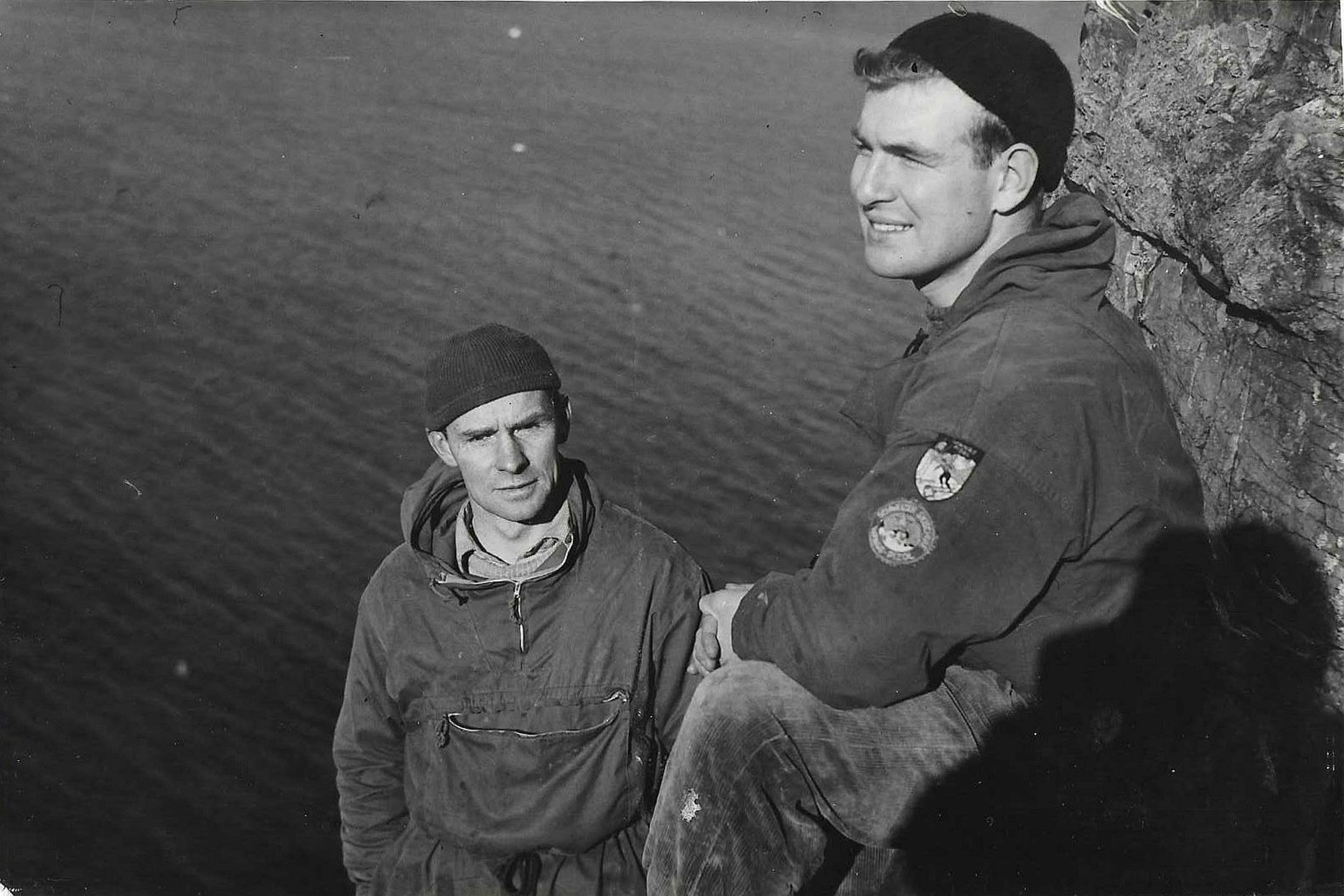
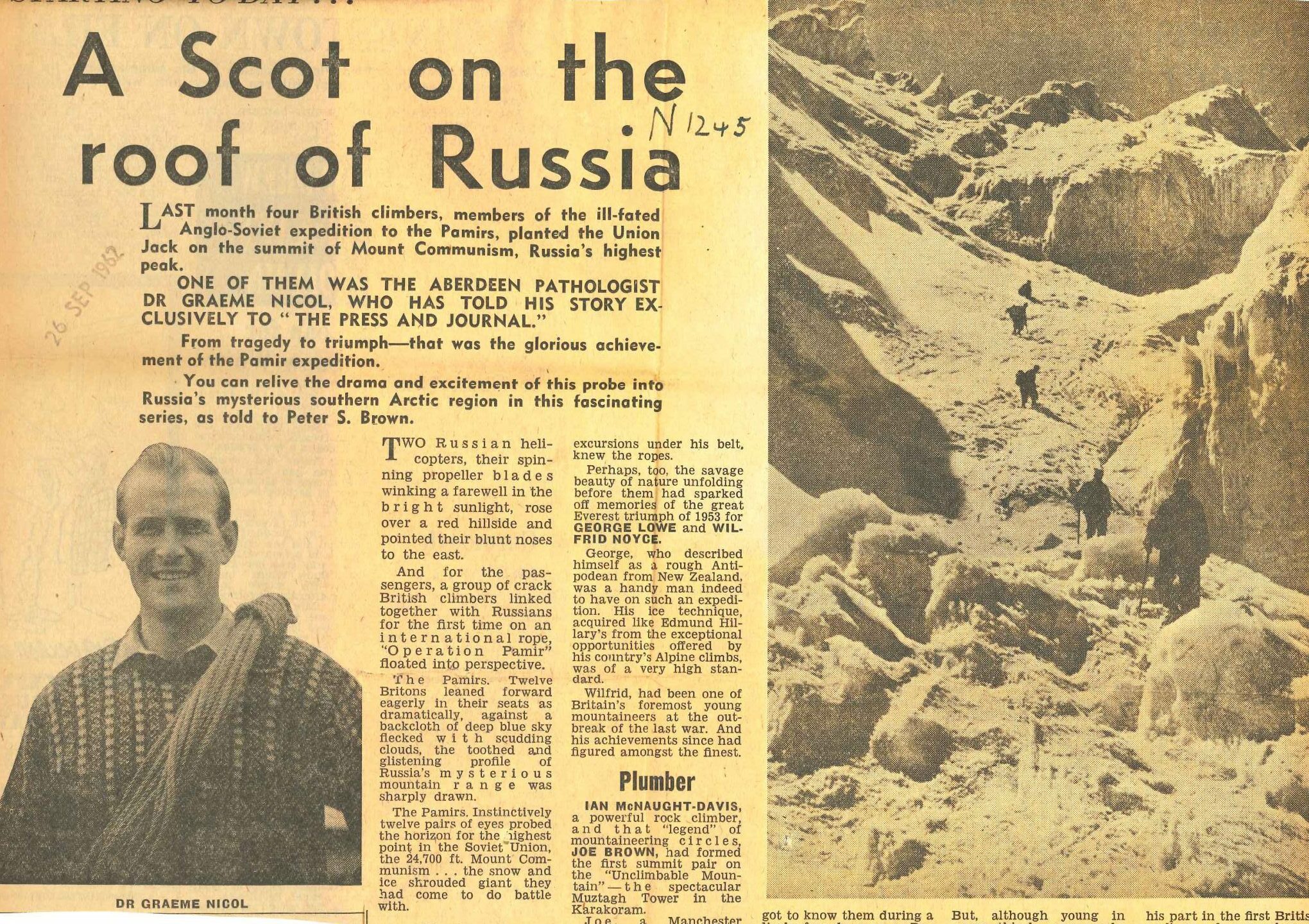
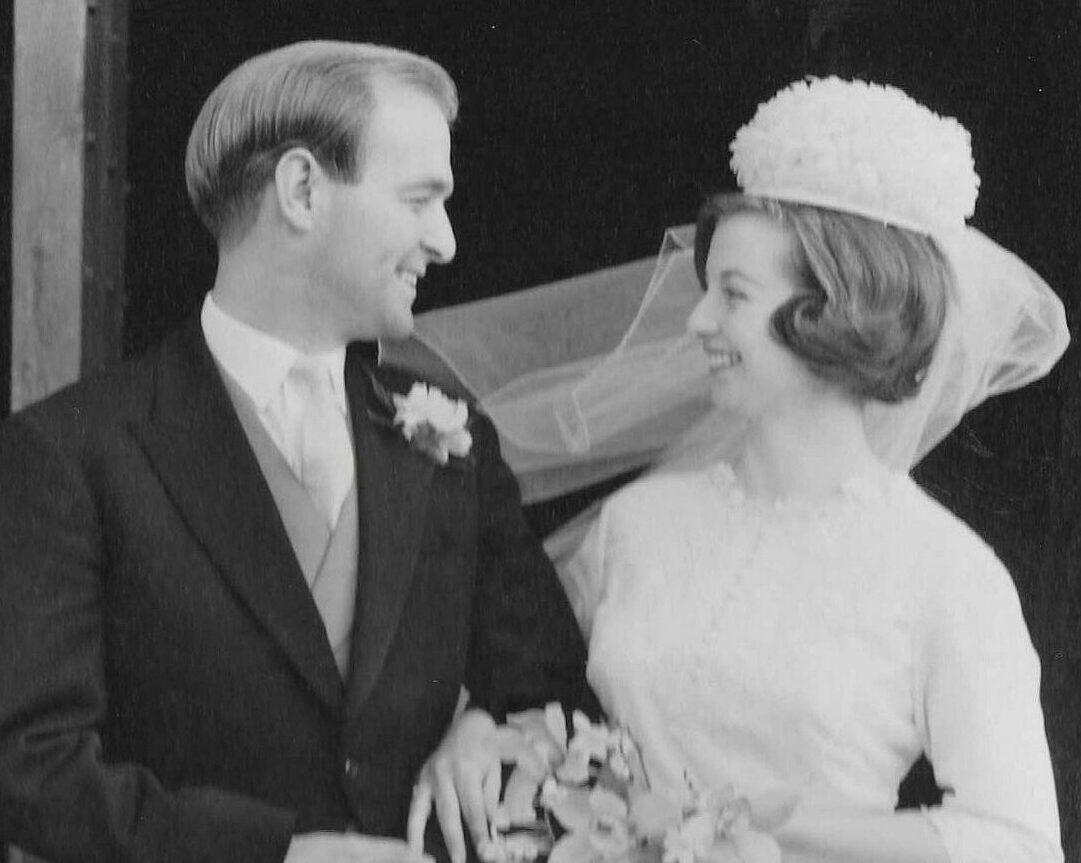
Conversation